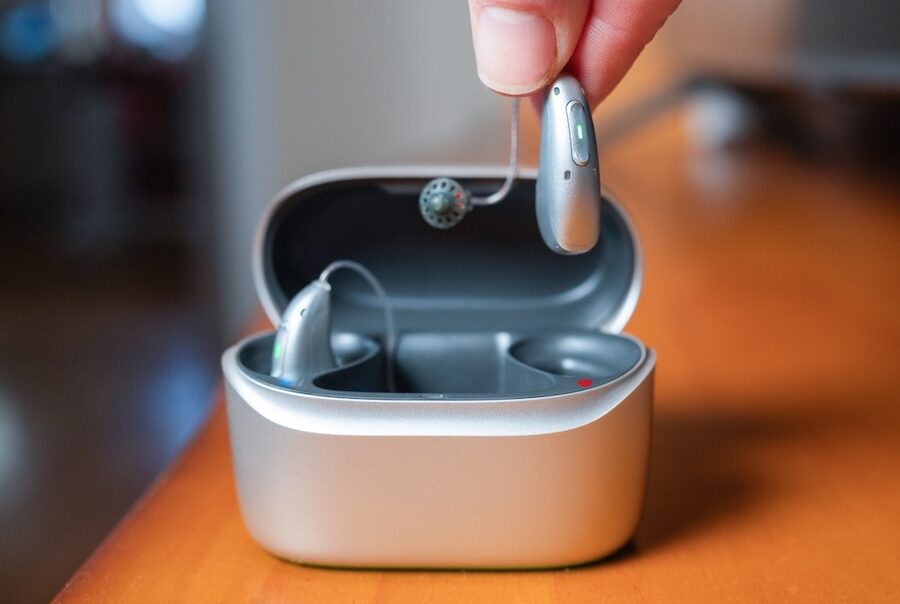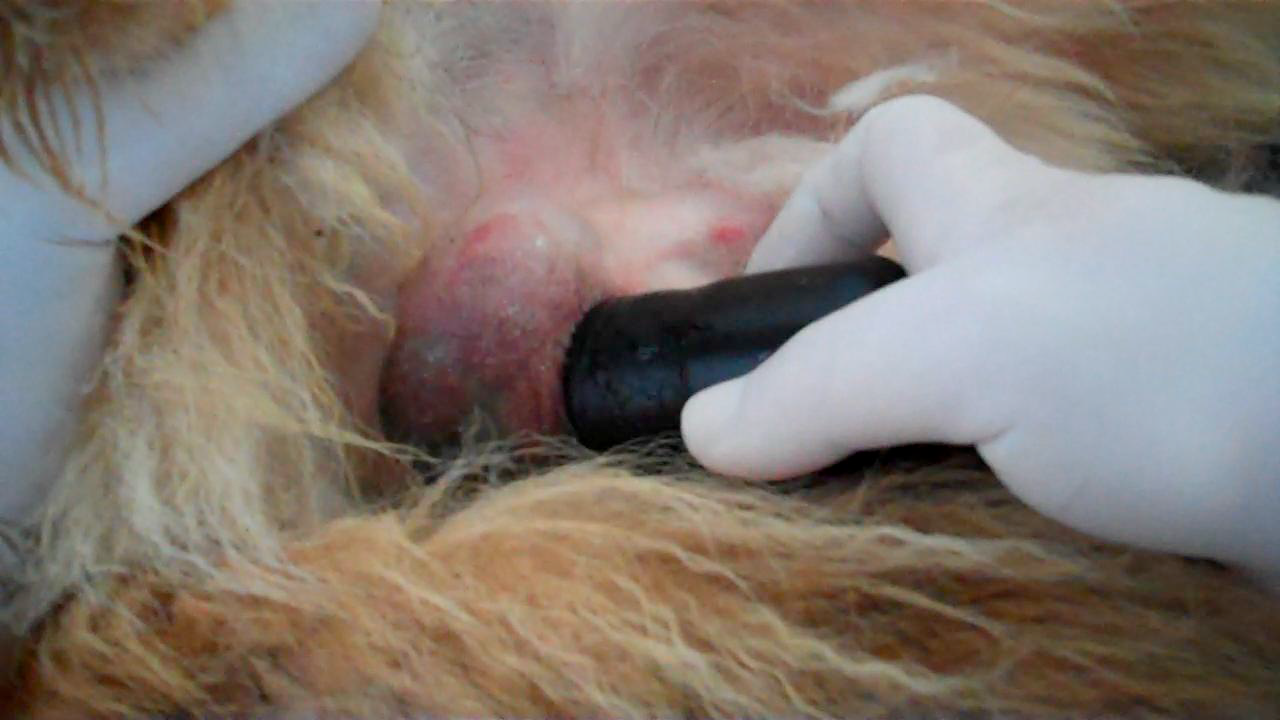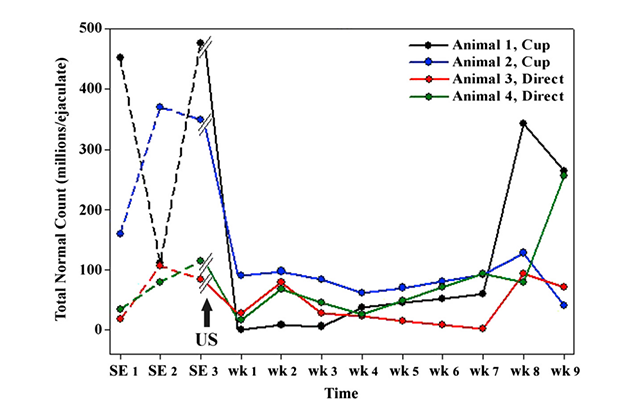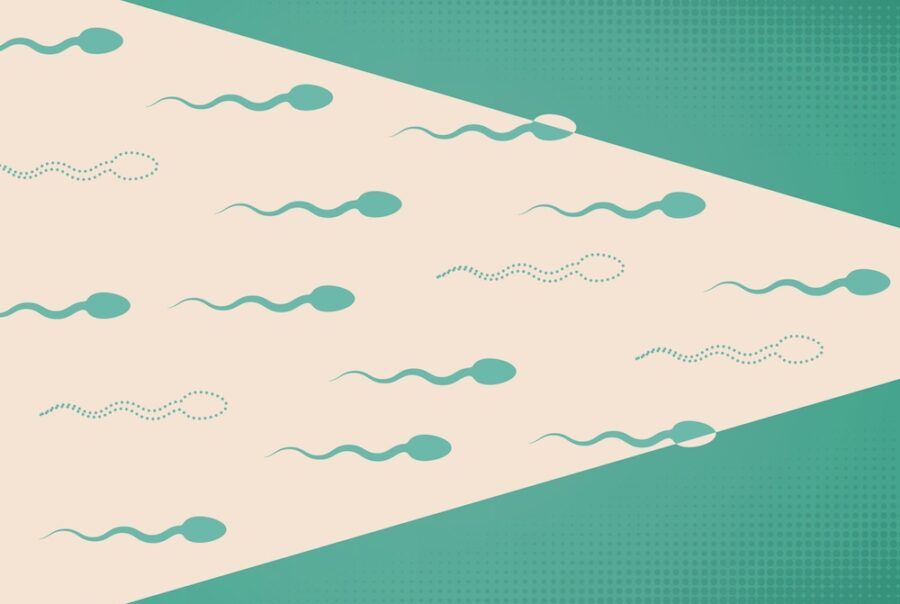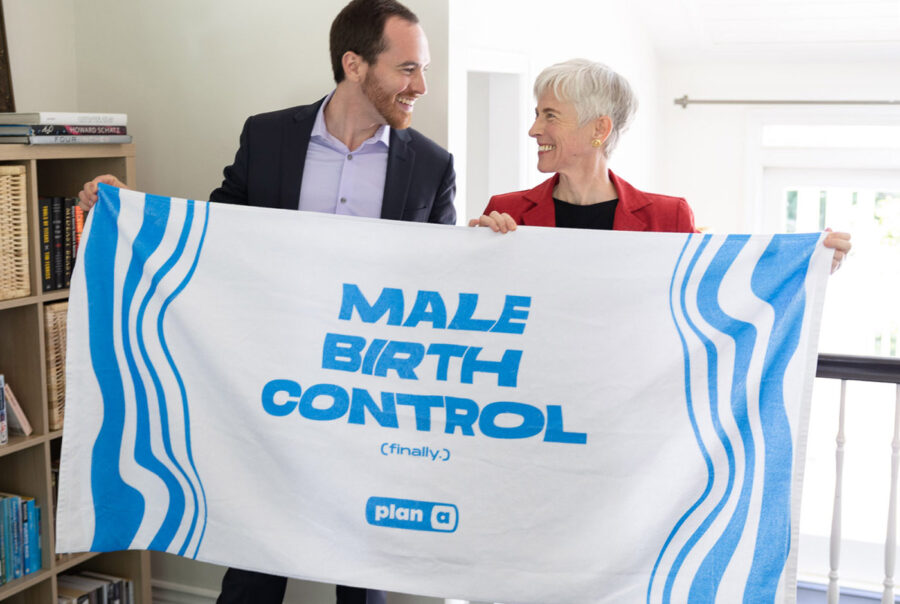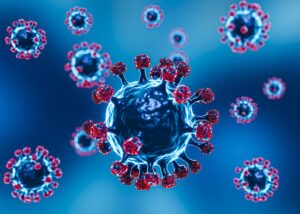Please note: This is an archived project that is not currently being updated.
Ultrasound has been proposed as a noninvasive contraceptive for men when applied to the testicles, but the effect varies greatly depending on the species and the methods applied. While ultrasound was an effective contraceptive in rats and a permanent sterilant in dogs, study results in monkeys and self-reported outcomes in humans were disappointing. We are no longer involved in research on ultrasound as a contraceptive.


